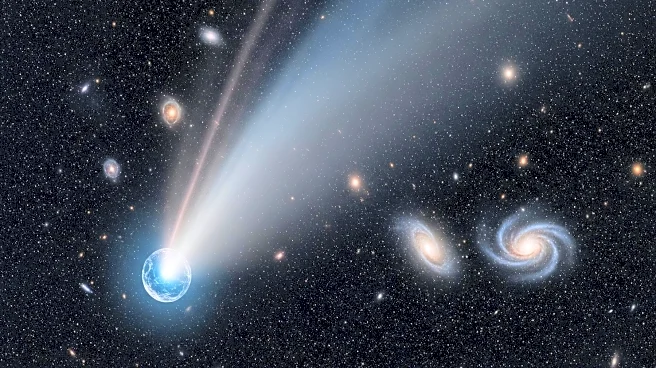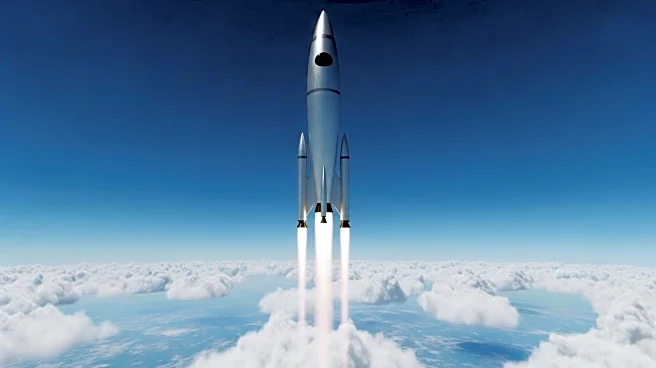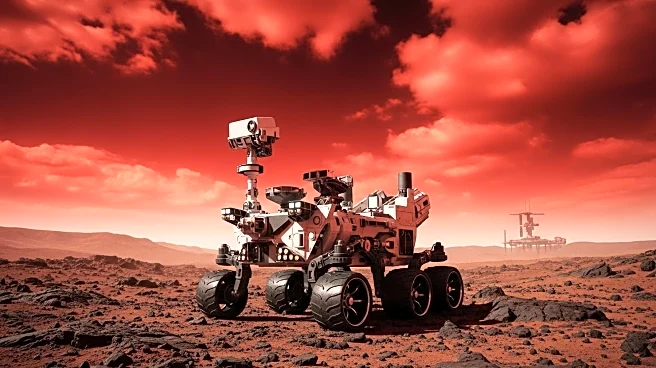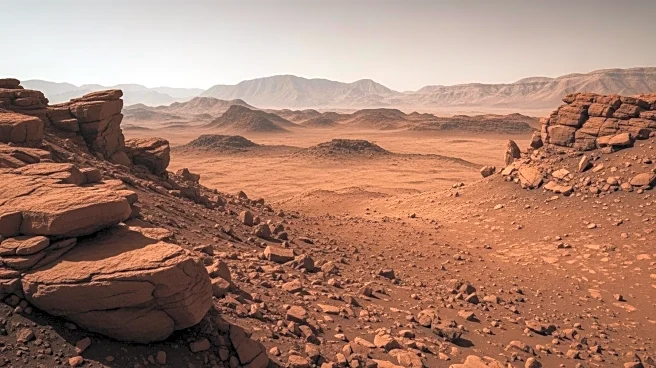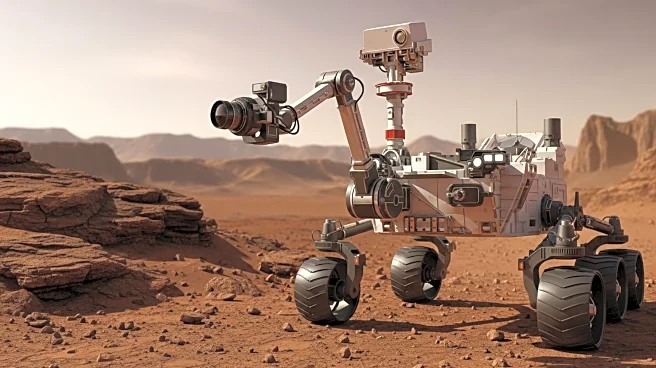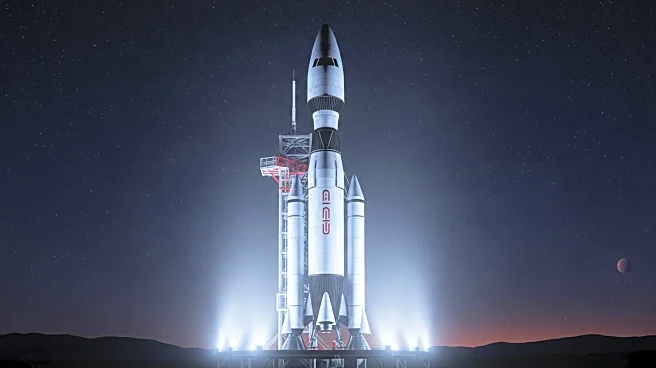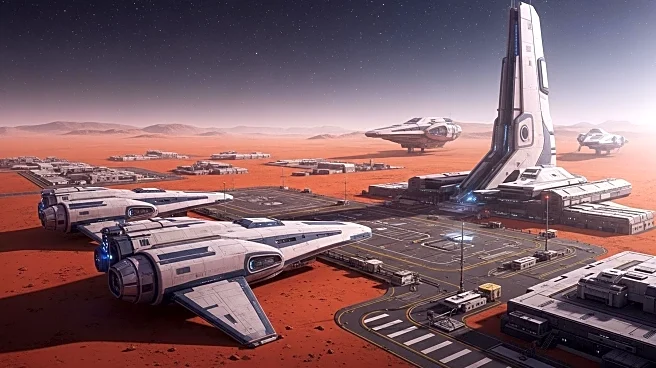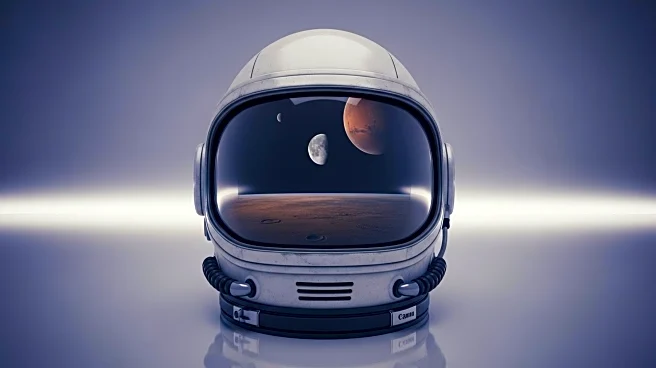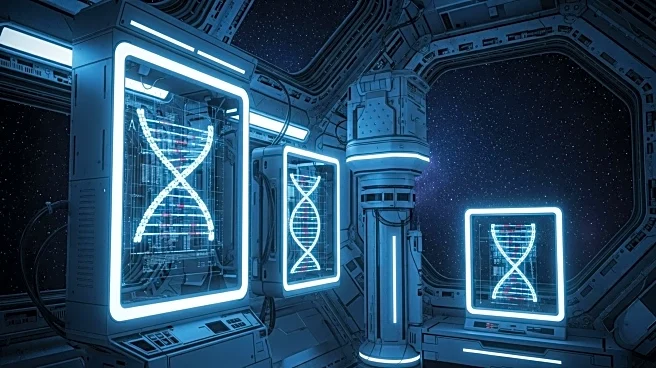What's Happening?
NASA's Curiosity rover is navigating the boxwork region on Mars, focusing on potential drill sites in hollows named 'Laguna Escondida' and 'Laguna Socompa.' The rover is using its suite of instruments to study the ridges and hollows, with contact science targets providing data for analysis. The environmental science team is monitoring the end of the cloudy season and the beginning of the dusty season, which affects atmospheric conditions and visibility. The rover's activities include imaging, chemical analysis, and atmospheric observations.
Why It's Important?
Curiosity's exploration of Mars provides valuable insights into the planet's geology and climate. The data collected helps scientists understand Mars' past environments and assess its potential for supporting life. The rover's findings contribute to planning future missions, including human exploration. Understanding seasonal changes on Mars is crucial for developing strategies to cope with dust storms and other atmospheric phenomena that could impact mission success.
What's Next?
Curiosity will continue its investigation of the boxwork region, focusing on identifying suitable drill sites for further analysis. The rover will adapt its observations as the dusty season progresses, monitoring atmospheric changes and potential dust-lifting activities. These efforts will enhance our understanding of Mars' environmental dynamics.
Beyond the Headlines
The ongoing exploration by Curiosity highlights the challenges and opportunities of robotic missions on Mars. The rover's ability to adapt to changing conditions and conduct complex scientific investigations demonstrates the potential for future missions to uncover more about the Red Planet's secrets.

